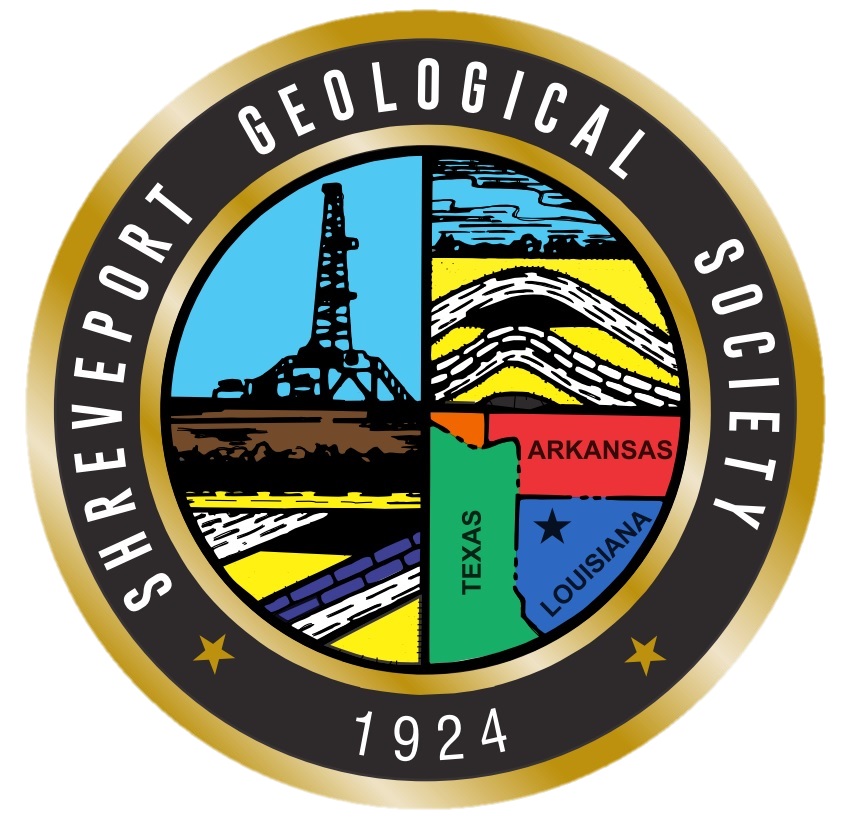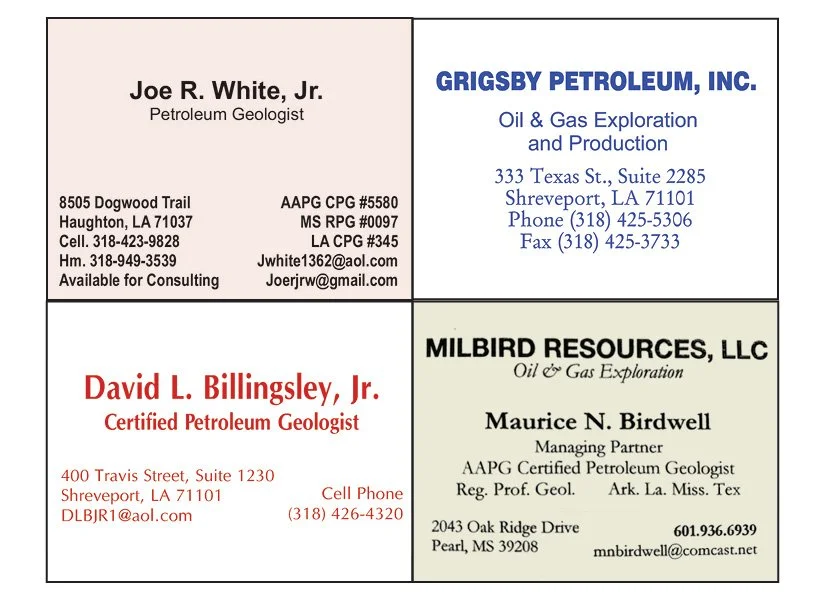Virtual
Where: Zoom
Cost: $10
If you’d like to attend virtually, please pay with a credit card below and use the email address where you would like Zoom login details sent.
In-Person
Where: The Petroleum Club of Shreveport, 15th floor
Cost: $20, Children 10 and under $8
If you’d like a seat, kindly use the form below to make your reservation by the preceding Friday.
We encourage members to invite guests, spouses, and friends to any of our meetings.
Biography
Jon Rotzien is President of Basin Dynamics and Adjunct Professor at University of Houston. Prior to his current posts, he served BP and other supermajor and independent energy companies primarily in exploration, appraisal and technical training. As a business owner and scientist, Rotzien has participated in oil and gas exploratory to development drilling, mapping expeditions, technical competency training and consulting on most oil-producing continents and has served as lead geologist in about one-third of those ventures. He is currently serving as Chair of the Houston Explorers Club. Rotzien received a Ph.D. in Geological Sciences from Stanford University and a B.A. degree in Geology from Colorado College.
Abstract
This seminar is designed to serve as a guide to mapping and interpreting deep-water sedimentary systems at a variety of scales, focusing primarily on the range and variability in environments of deposition to sedimentation units. Using examples from different types of basins, this seminar aims to achieve a more global perspective on the predictive attributes for deep-water sedimentary systems.
Key parts of this seminar include:
A review of the diversity of tectonic, basin margin physiographic, provenance and source-to-sink factors that serve as primary controls on deep-water sediment delivery and deposition.
An examination of how canyon, channel, lobe (splay), levee, overbank and drift environments are formed, sculpted and filled according to dominant sedimentary process and exogenous factors. Observations on the complex linkages among deep-water sedimentary environments are used to establish predictive models of the subsurface including those pioneered and promoted by scientists including P. R. Vail, R. J. Hubbard and many others.
Descriptions of how stratigraphic successions accumulate due to a variety of deep-water processes, including sediment gravity flows, bottom and along-slope currents and coastal to shallow marine processes that propagate into the deep-water realm below wave base. These processes provide the basis for several different types of sedimentation unit models, each with their own merits, limitations and pitfalls (some of these reservoirprone units drawn in Figure 1). Further, these sedimentation units form the basic building blocks of deep-water petroleum reservoir and non-reservoir intervals – both onshore and offshore.
A discussion on the integration of classic Exxon sequence stratigraphy, process stratigraphy, stratigraphic cyclicity and other submarine fan predictive models to achieve better resolution on the architecture of deep-water deposits.
By dissecting deep-water depositional systems from the top down (large-scale to small-scale features) and bottom up (small-scale to large-scale features), deep-water deposits can be mapped with higher accuracy and lower uncertainty for i) prospect evaluation and ii) the investigation of shallow hazards.







































